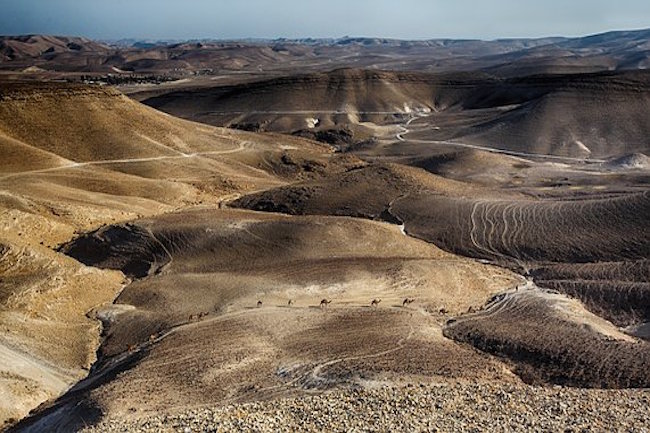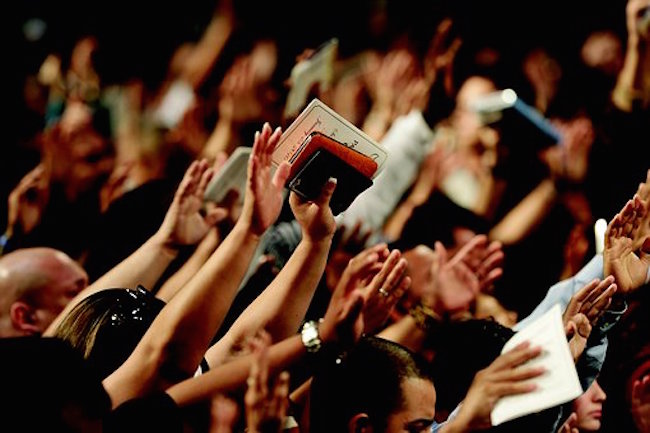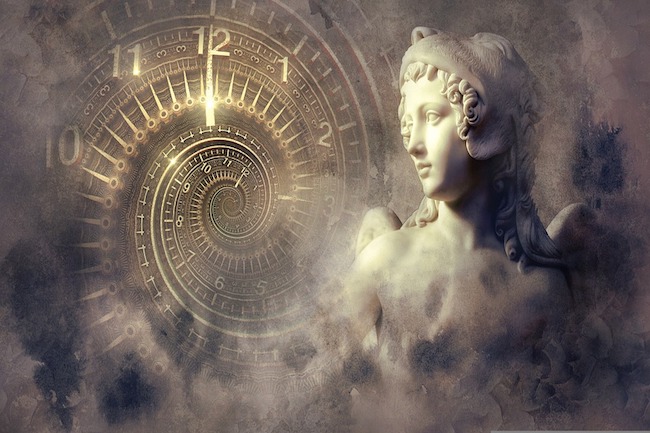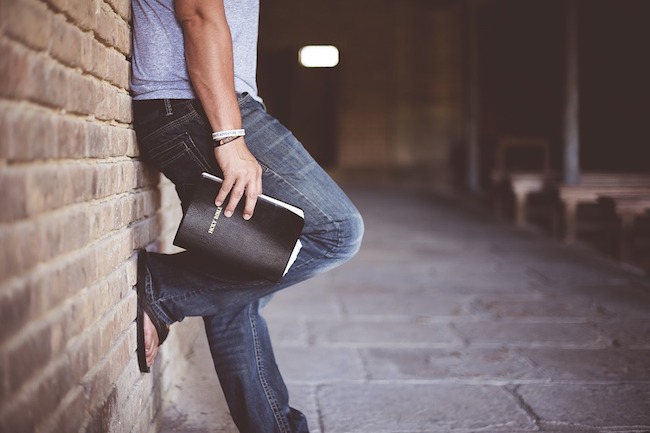What’s New in the Ancient City of David? by Jonathan Feldstein for Charisma News
The book of 2 Samuel, chapter 11 recounts the beginning of the relationship between King David and Bathsheba, who was still the wife of Uriah at the time.
Wouldn’t it be fascinating if David had sent a letter to Uriah after he left for battle, so as to provide plausible deniability for Uriah’s death, thus permitting David to marry Bathsheba?
And what if that letter—complete with King David’s seal—was not only never delivered but, if found today, would be marked in ancient Hebrew with the phrase “Undeliverable: Return to sender”? To which address would it have been returned?
If such a letter were to be discovered, it would be just one of numerous archaeological finds in recent decades which point to the veracity of the biblical account of King David and his connection—along with the Jewish people—to Jerusalem.
Until the City of David was discovered some 150 years ago—with excavations beginning just a few decades ago—people could legitimately claim a lack of proof of King David’s existence, thus making the biblical narrative speculative. But the indisputable evidence makes it impossible to refute David’s existence with any integrity, casting a cloud of dishonesty on those who would continue to deny his kingship in Jerusalem, the city that became the center of Jewish life for 3,000 years.
The City of David is exactly where King David’s palace existed. That’s where his letter to Uriah would have been written. And that’s where it would have been returned to. Standing there, while reading the account of his first glance at Bathsheba, you can imagine exactly where that event took place.
In recent decades, archaeological evidence has been extraordinary. Something as mundane as an ancient toilet has allowed scientists to determine what Jerusalem’s residents may have eaten while under siege.




